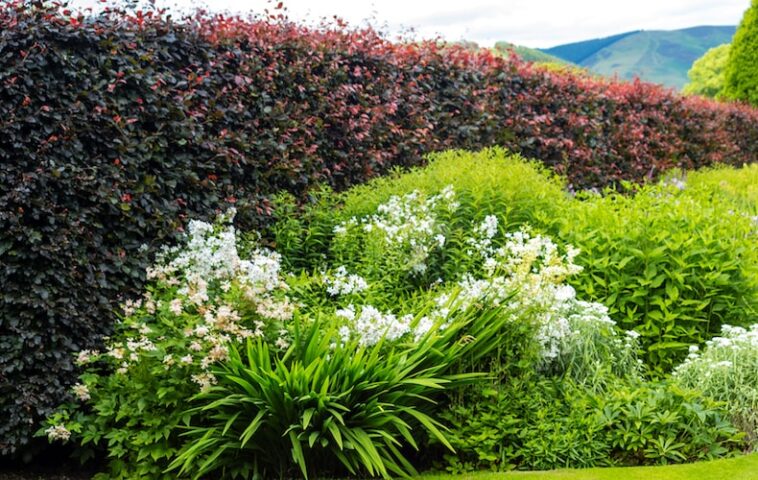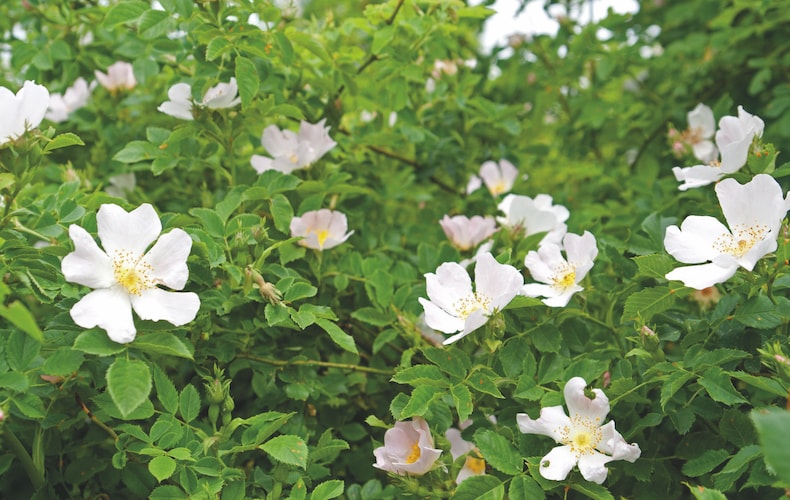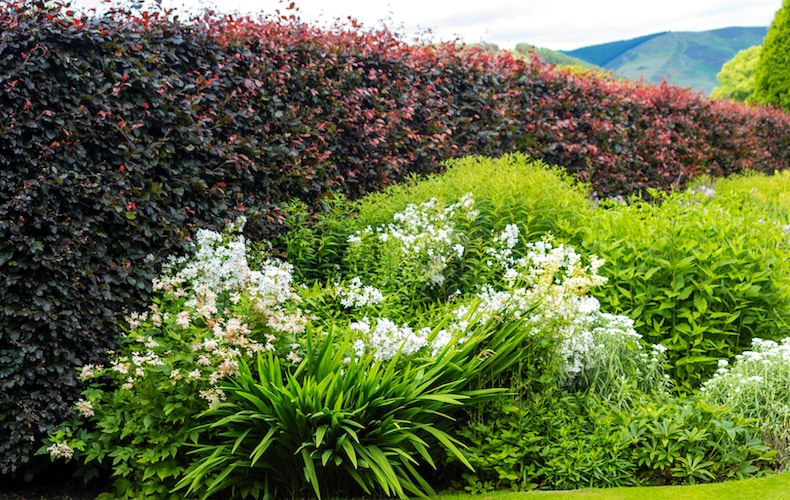
Hedging creates pure boundaries in your backyard
Picture: Copper Beech (Hedging) from Thompson & Morgan
Late autumn and winter is the time to plant your bareroot hedge. That’s as a result of from late November by means of to March, most hedging crops are of their dormant section and may be moved with out inflicting undue stress. In case you wait till budburst you’ll have misplaced your alternative for the yr, so don’t go away it too late! Planting a hedge is a satisfying job which can preserve you heat on a chilly winter’s day. Right here’s all the things you want to know to deal with the duty efficiently.
In search of inspiration? Try our full vary of hedging plants.
Why plant a naked root hedge?
Bareroot crops have quite a few benefits over containerised crops:
- Price Efficient: Bareroot crops value a fraction in contrast to containerised inventory.
- Fast and straightforward to plant: There isn’t a want to dig massive planting holes. In actual fact, very small bareroots may even be planted in slits.
- Fast to set up: Containerised crops have extra restricted root balls which take longer to penetrate the soil. They’re additionally older crops with much less vigour. Conversely, bareroots are area grown; their roots have been allowed to comply with their pure development sample and they’ll readily begin to develop new roots over the winter earlier than placing out leaves. Bareroots are additionally only one or 2 years outdated and have youth on their aspect.
- Much less aftercare: Though you’ll need to concentrate to watering, bareroot crops usually are not as susceptible to water loss as a containerised plant.
How many bareroot crops make a hedge?
You need your hedge to fill in rapidly, however you don’t need your crops to compete with one another. A superb rule of thumb is:
- Single row: 3 crops per metre (every plant about 33cm aside).
- Double, staggered row: 5 crops per metre (every plant about 45cm aside)
Double rows are greatest for combined deciduous native hedging.
How to put together the bottom for a hedge
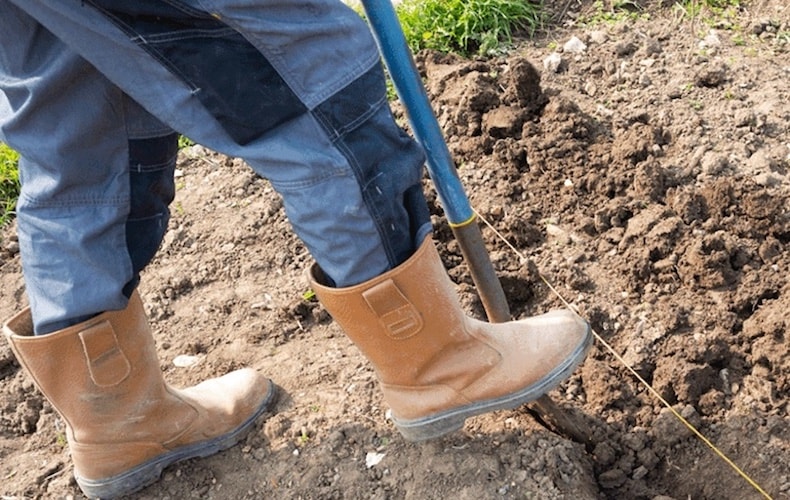


Put together the bottom upfront and string a line to preserve all the things straight
Picture: T&M
When your crops arrive it’s best to get them within the floor as quickly as doable, so making ready the world upfront is a good thought. Clear a strip of floor 45-90cm broad relying on the meant width of your hedge. Take away any weeds and dig over to a spade’s depth. In case you’re engaged on poor soil, work loads of natural matter into the bottom.
Mark out your hedgeline utilizing string and a couple of stakes. Enable about 90cm out of your boundary line to accommodate development. When it’s time to put your crops in, lower a piece of bamboo as a measuring information to provide help to discover the proper planting distance.
What to do when your hedging crops arrive
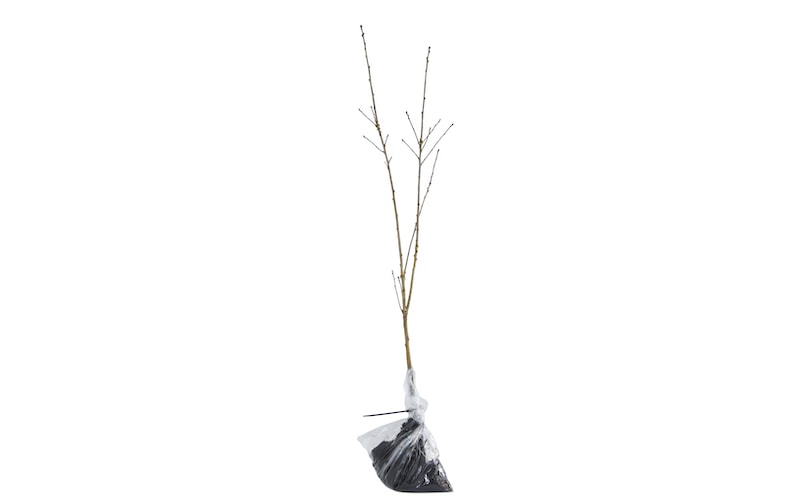


Don’t be delay by the looks of bareroot crops. They’re dormant, not useless!
Picture: T&M
Get your naked root crops into the bottom as quickly as you may – inside 2-3 days of their arrival at most. Their root system is susceptible to drying out and it’s important to preserve them moist and funky always. Open up your bundle and, if the roots look dry, soak them in a bucket of water for half-hour.
In case you can’t get your crops into the bottom right away, cowl the foundation balls with moist compost and retailer them in a cool, darkish place. They are often saved like this for a most of two weeks. In case you want longer to get round to tackling the duty or the climate is in opposition to you, the easiest way to preserve your crops in good situation is to ‘heel’ them in.
Discover a spare patch of floor and plant your naked roots in bundles at a 45-degree angle. Be certain all of the roots are lined with soil and agency the soil throughout together with your heel. When you have a lot of crops, dig a trench about a foot deep with one aspect sloping at a 45-degree angle. Place the bundles on the sloping aspect and backfill with soil. Alternatively, pot the bundles up into containers and preserve them moist.
Planting your bareroot hedge
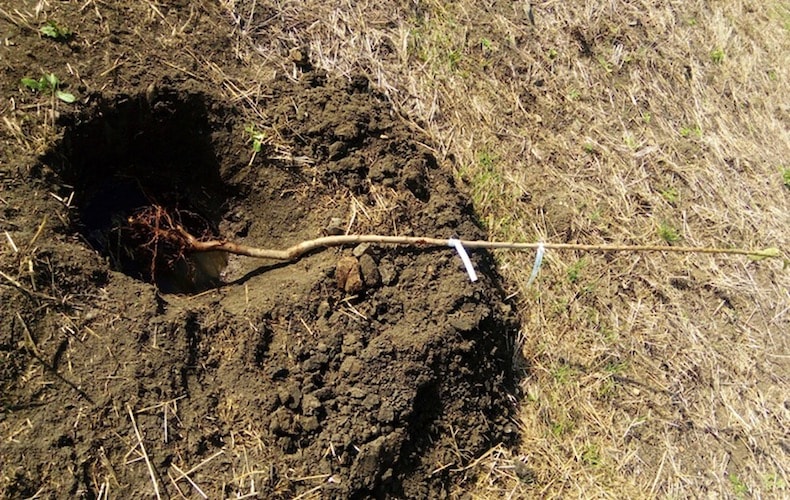


Search for the soil mark on the stem to discover the proper planting depth
Picture: T&M
It’s extraordinarily essential not to expose the naked roots of your crops to the air for too lengthy. Leaving your crops out in desiccating winds or robust winter sunshine can rapidly dry them out. Keep away from windy days and if the job is probably going to take a very long time, preserve the crops bagged up when you’re working.
Dig a gap broad sufficient to comfortably accommodate the roots, place them into the outlet and backfill. Ensure you get soil throughout the roots, gently however firmly urgent the soil round together with your heel whereas holding the plant upright. Water in.
The most typical reason for failure in planting bushes and shrubs is planting too deep which finally causes stem rot. Observe the darkish soil mark on the prime of the foundation flare. That is the depth at which the crops have been rising within the area, and also you want to plant them to the identical stage. If planting in clay, be particularly cautious to dig to the proper depth. You must also watch out not to dig too broad a gap as a result of it’s going to droop over time and the plant could find yourself too deep.
Get your hedge off to a good begin by making use of a thick layer of mulch about 7.5cm deep (3”) to suppress weeds and assist to retain moisture.
How to prune a new hedge
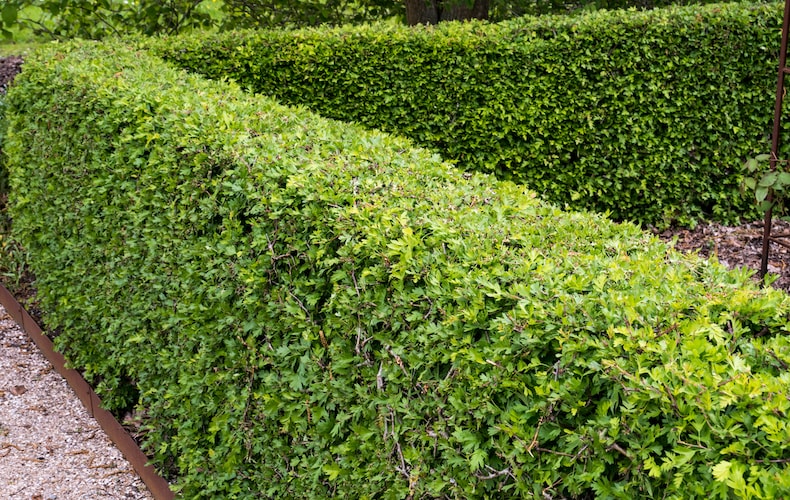


Prune your crops appropriately to create a dense, wholesome hedge
Picture: Hawthorn (Hedging) from T&M
- Native hawthorn, Blackthorn, Privet: Prune these vigorous crops again to about a foot (30cm) on planting. The primary autumn, prune to scale back the primary season’s development by about half.
- Different deciduous hedging: Prune flippantly, eradicating broken stems. The primary autumn, prune to scale back the primary season’s development by one third.
- Evergreens: Go away alone within the first yr. Trim aspect shoots after first season’s development however go away the main shoot till it reaches the specified peak.
How to care in your new hedge
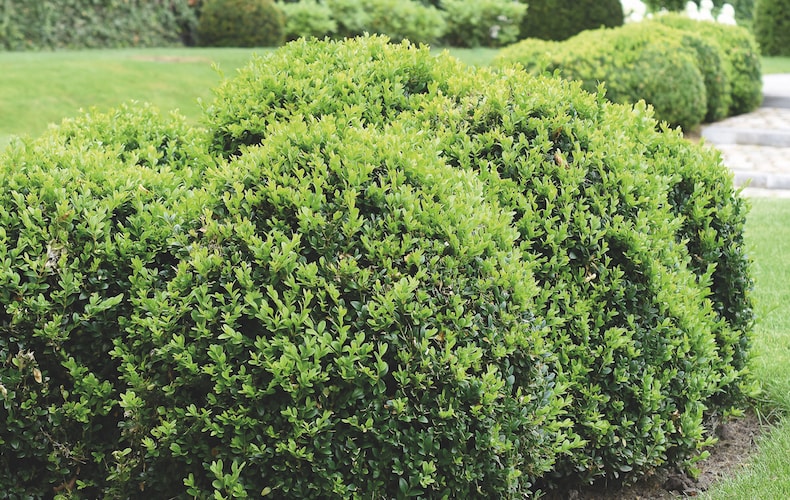


Sluggish rising hedges like field are simple to preserve below management
Picture: Box (Hedging) from T&M
Having a good first yr is vital to your hedge’s future well being and vitality. Hold a common eye on watering and don’t go away your crops to undergo water stress. Whenever you do water, give every plant a thorough soak. Beneficiant watering at longer intervals is healthier than frequent however skimpy watering. Evergreen crops are particularly susceptible to water loss. They could drop leaves in response to heat climate. That is regular however do preserve your crops properly hydrated.
The primary spring, deciduous crops might be later into leaf than established hedges. When buds burst for the primary time, the crops will start to lose moisture by means of their leaves however will nonetheless have an immature root system. This makes them particularly susceptible so watch out for spring droughts. If the brand new leaves start to crisp up the crops are in bother – don’t let this occur! Likewise, throughout the first summer time after planting be vigilant and preserve your crops properly watered throughout dry intervals.
Making use of that thick mulch will actually help within the fast institution and well being of your crops. Strive to mulch for at the very least the primary 2 years. It should save on watering, weeding, and fertilising. Natural mulches like compost or well-rotted farmyard manure are appropriate or, for a longer lasting mulch, use bark chips. Don’t skimp – your mulch needs to be at the very least 3” thick (about 7.5cm). Fertilise your hedge yearly in late winter / early spring utilizing a general-purpose fertiliser.
Weed usually, conserving the entire planting space freed from weeds for at the very least 2 years. Your new hedge won’t get pleasure from competitors. Even brief grass is sufficient to draw water and vitamins away out of your hedge and impede its institution.
Bareroots could look ugly in contrast to an instantaneous containerised plant, however they’re crops with potential. Get them in over the winter and also you’ll be rewarded with the thrill of watching your new hedge burst into life within the spring. Be taught extra about selecting and sustaining your hedge over at our devoted tree and hedge hub page.
Associated posts you would possibly get pleasure from
Disclaimer
This website is for info functions solely. We neither give any copyrighted materials nor plump pirating by means of any composition on this website. nonetheless, the information and particulars we give are fluently out there every over the web.
| JOIN TELEGRAM | CLICK HERE |
| JOIN OUR TWITTER NEWS | CLICK HERE |
| FOLLOW ON TUMBLR | CLICK HERE |
| SEND FRIEND REQUEST OUR FB ACCOUNT | CLICK HERE |
| OKEEDA HOMEPAGE | CLICK HERE |
Okeeda covers newest information and breaking occasions throughout the globe, offering info on the subjects together with sport, leisure, India and world information, way of life, tech, auto and so forth.

